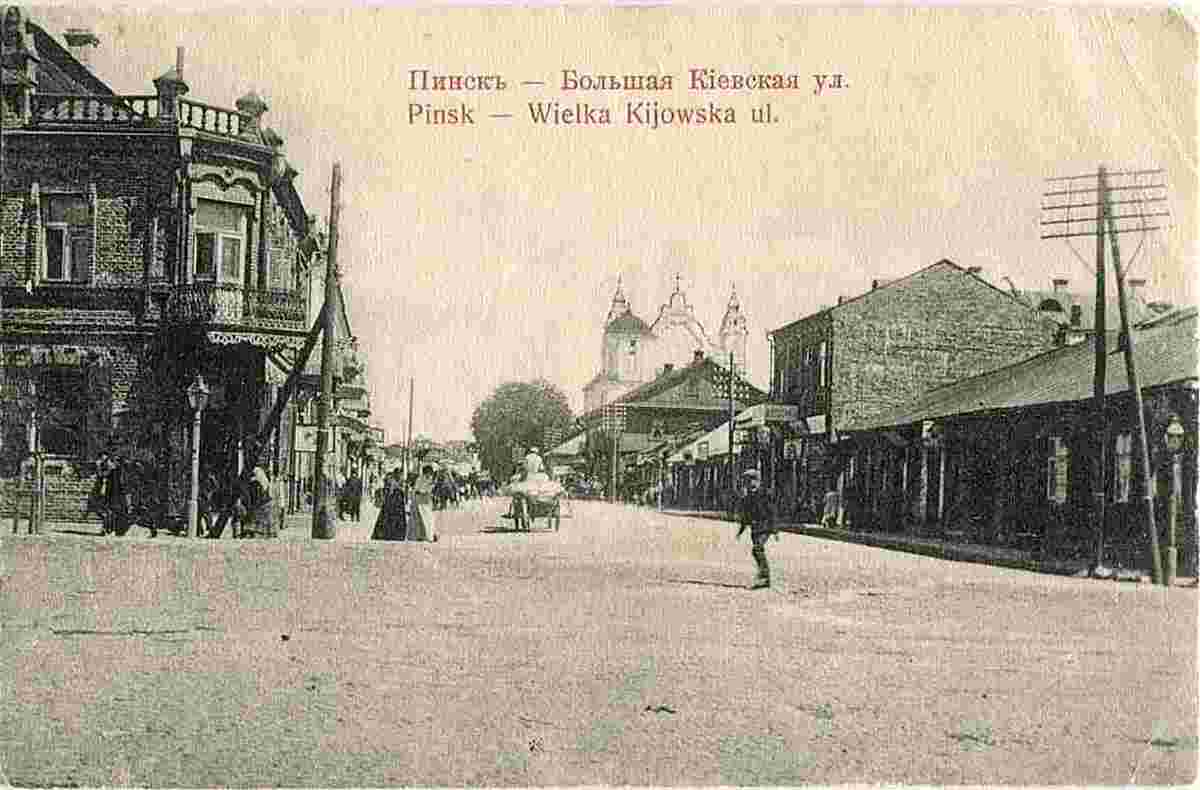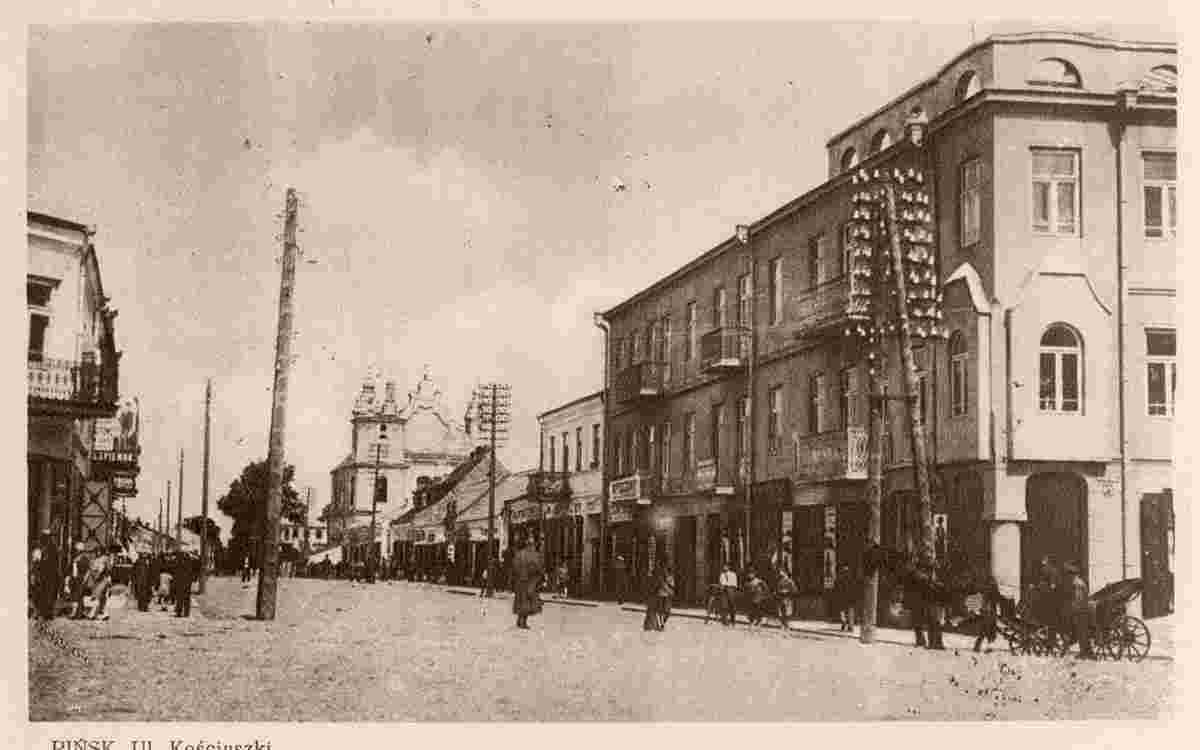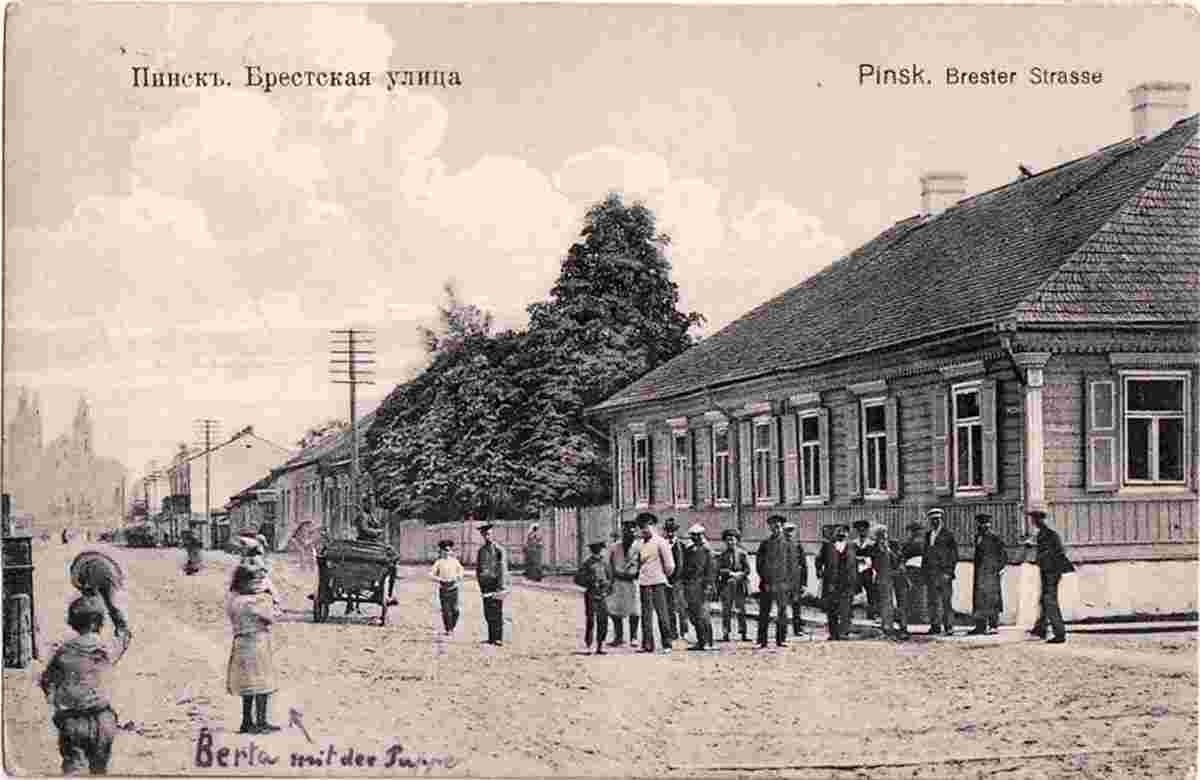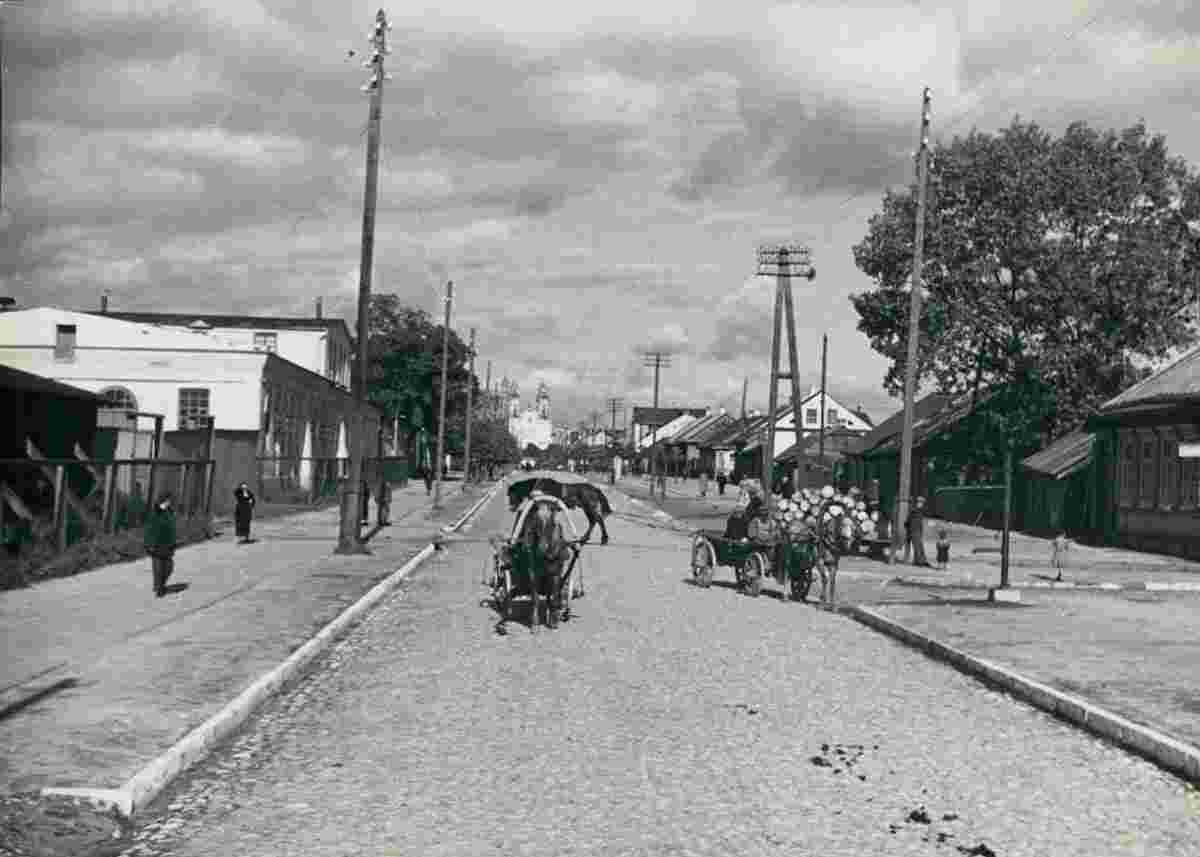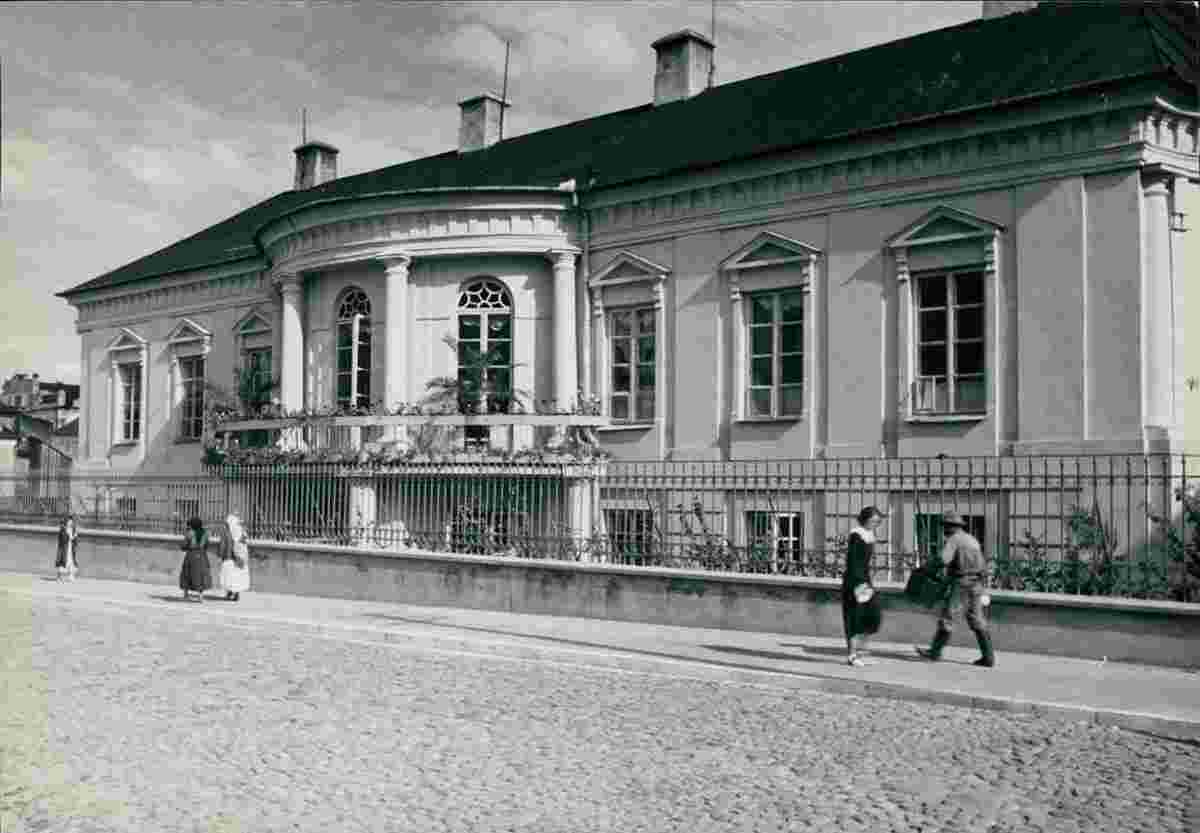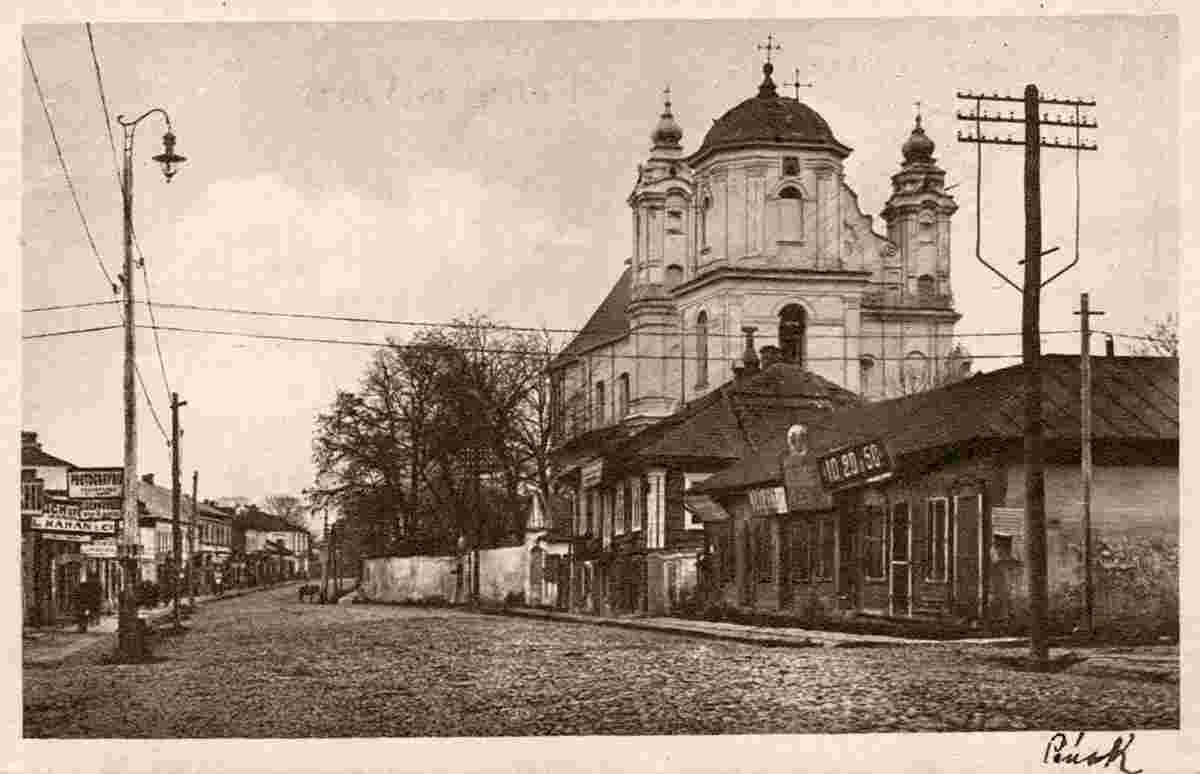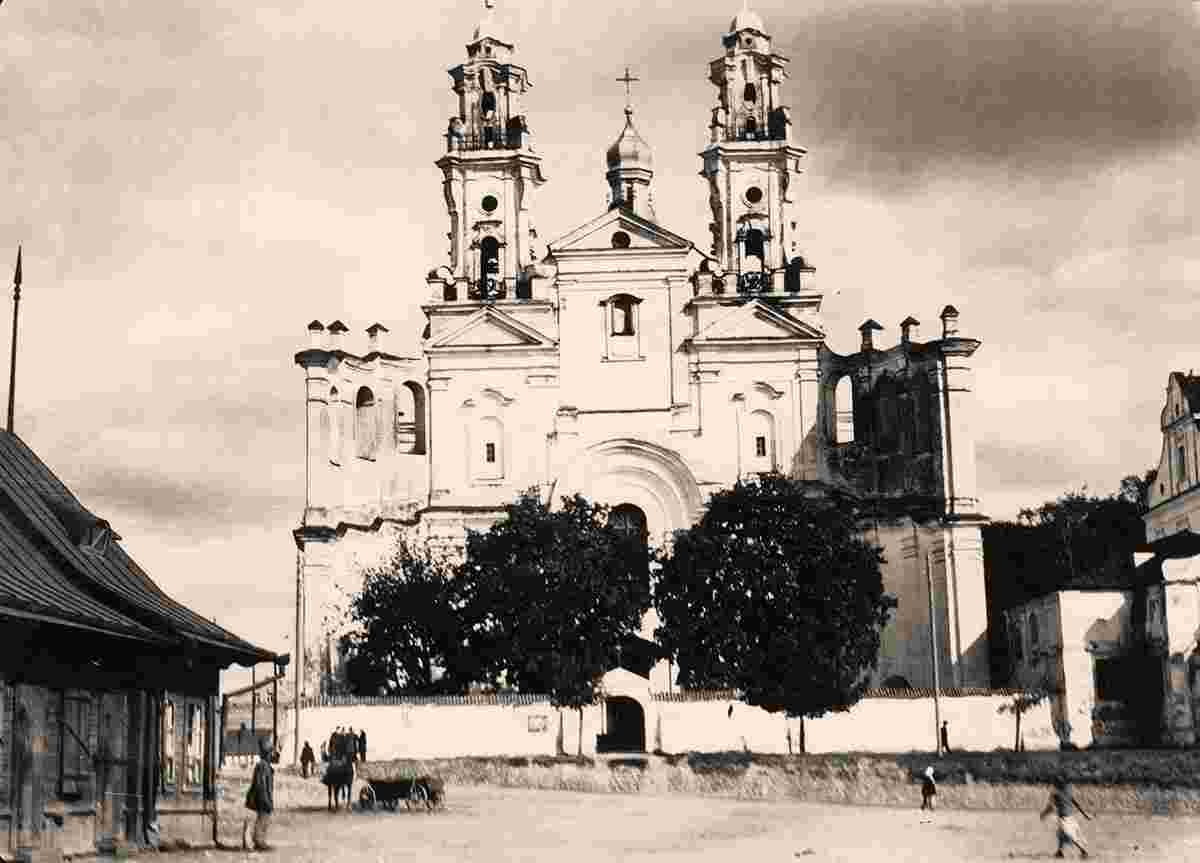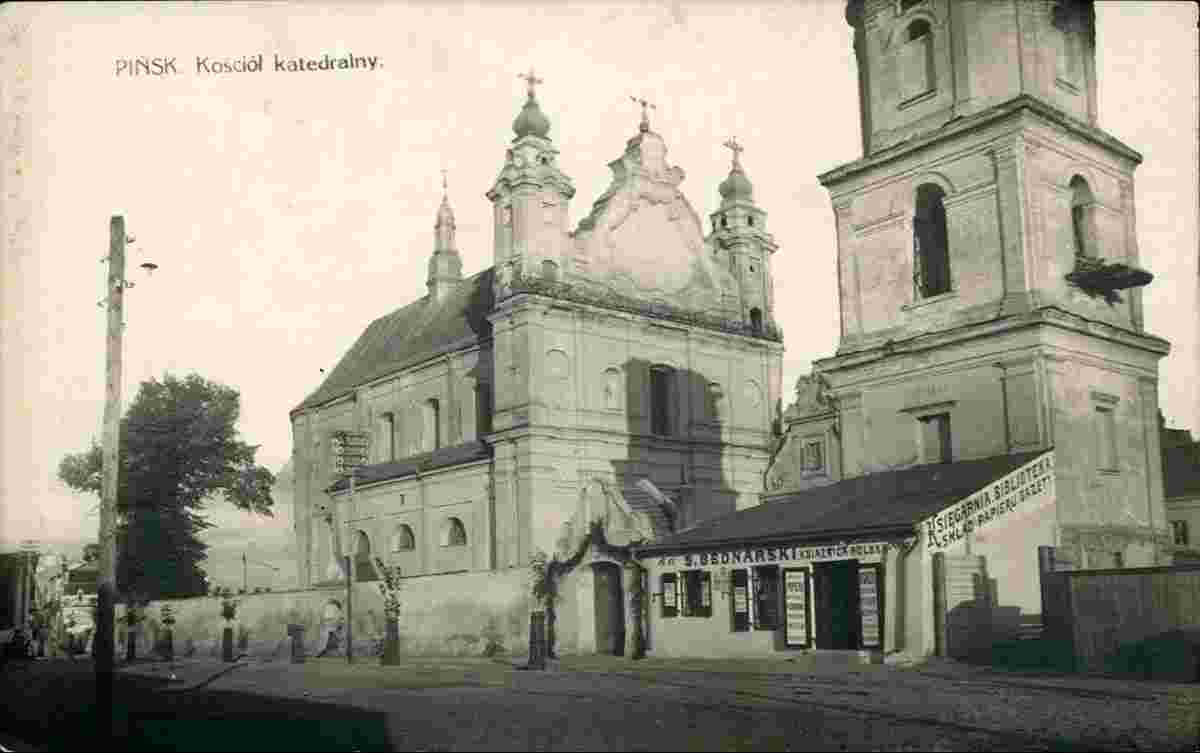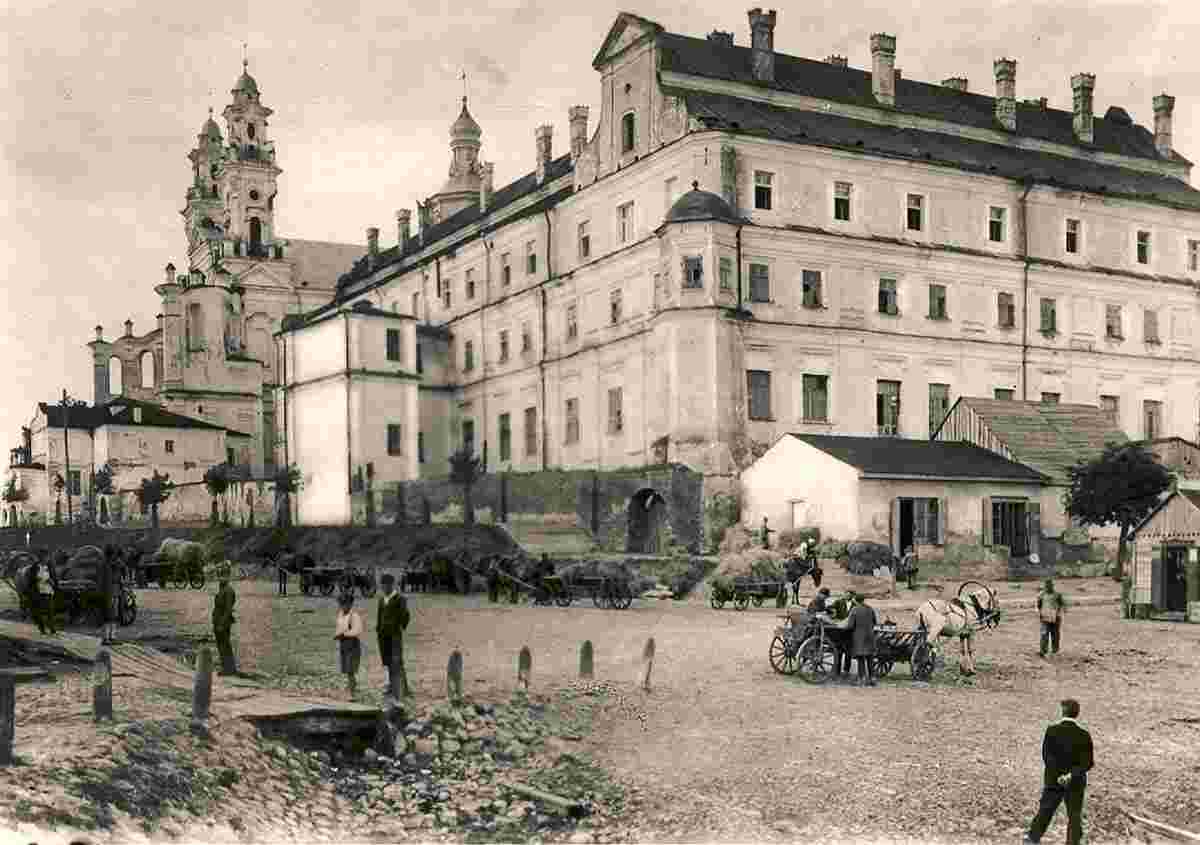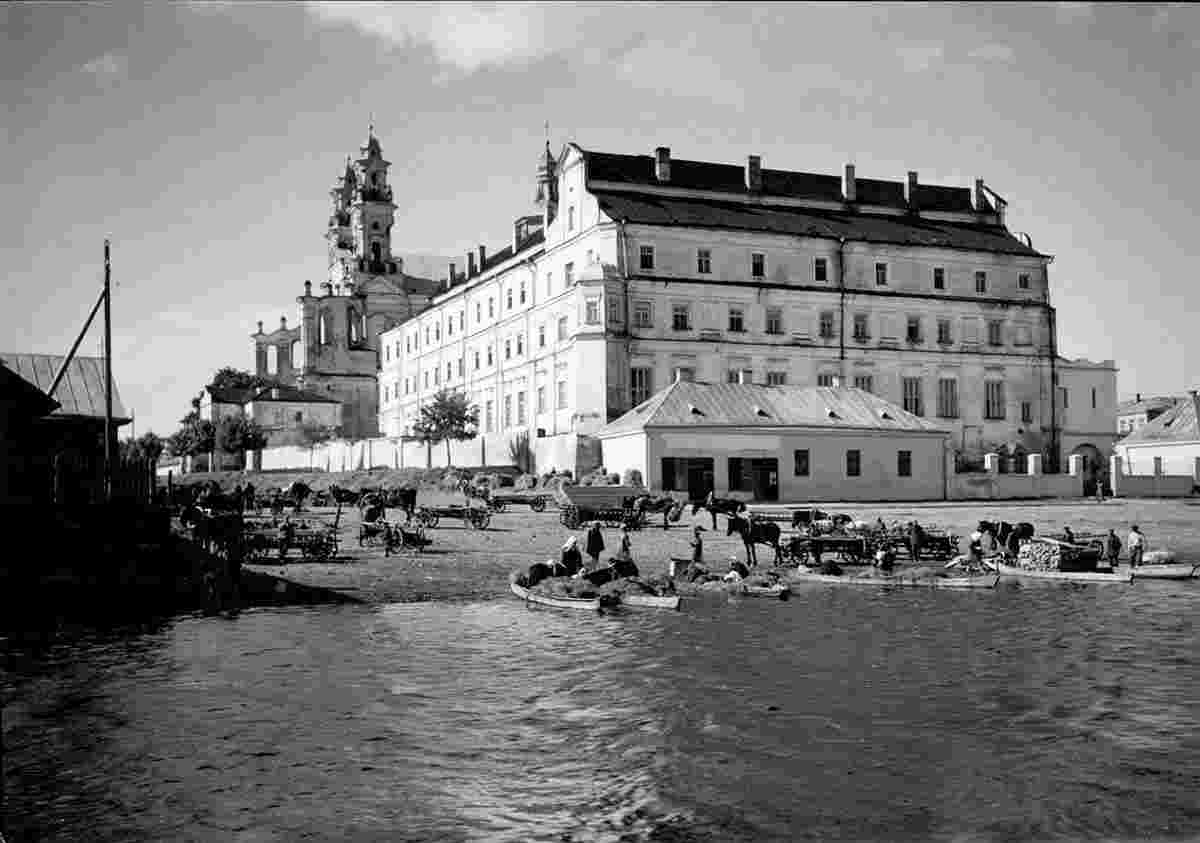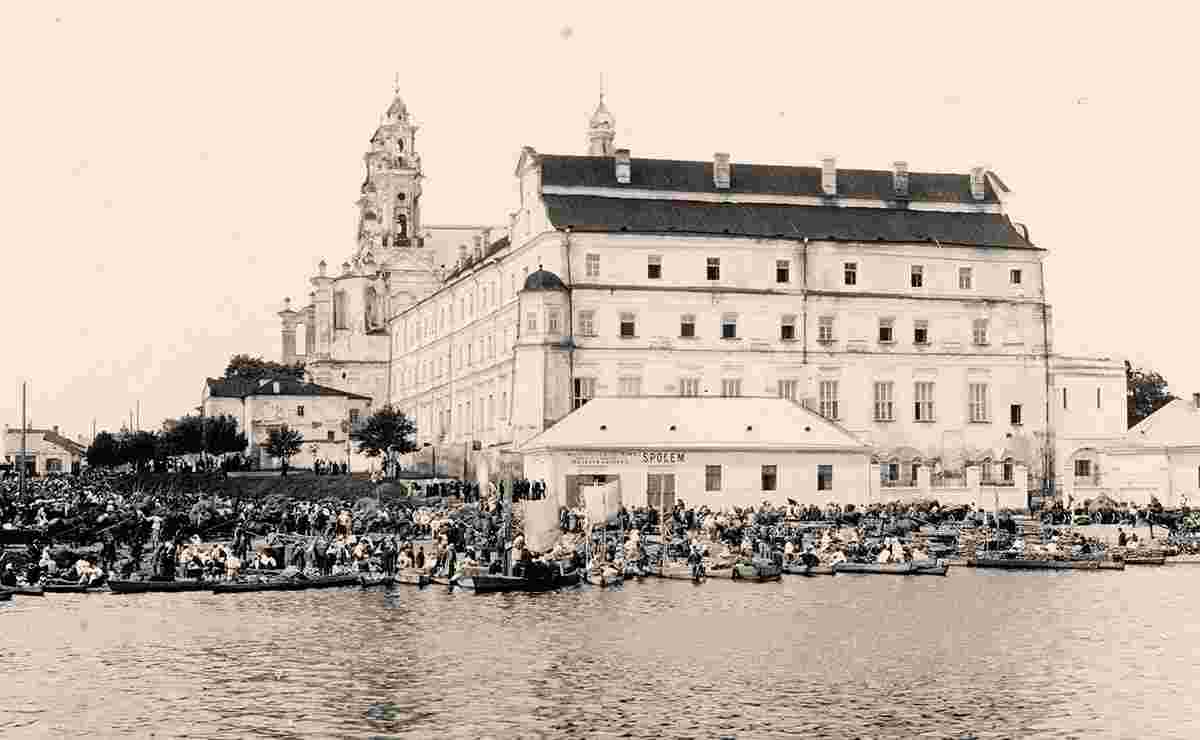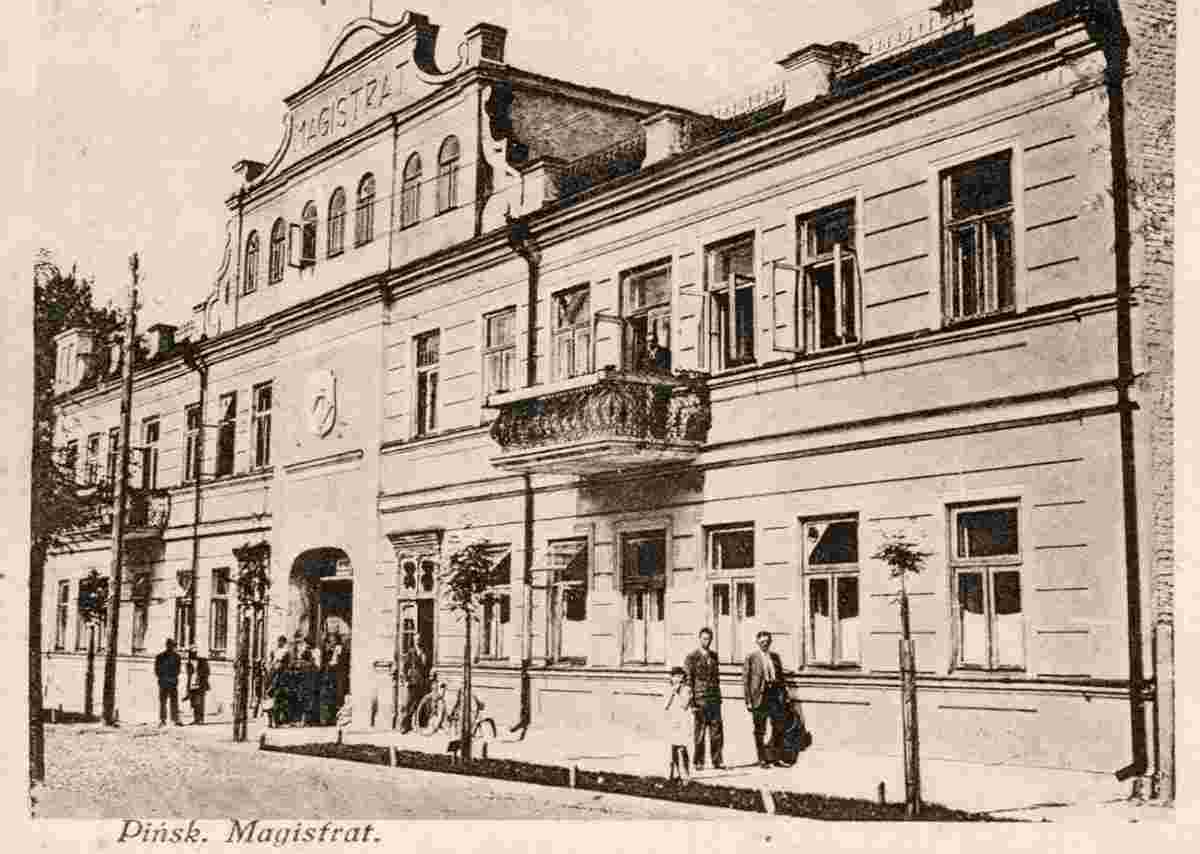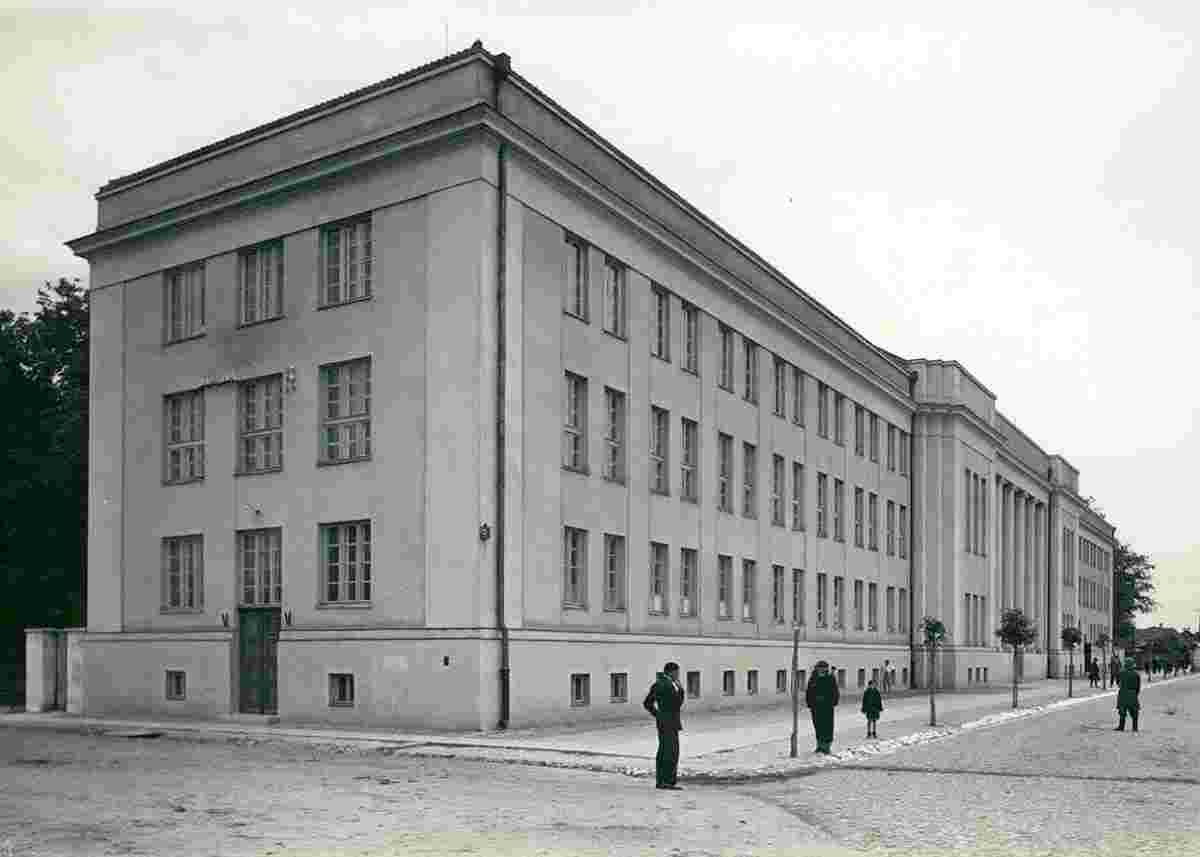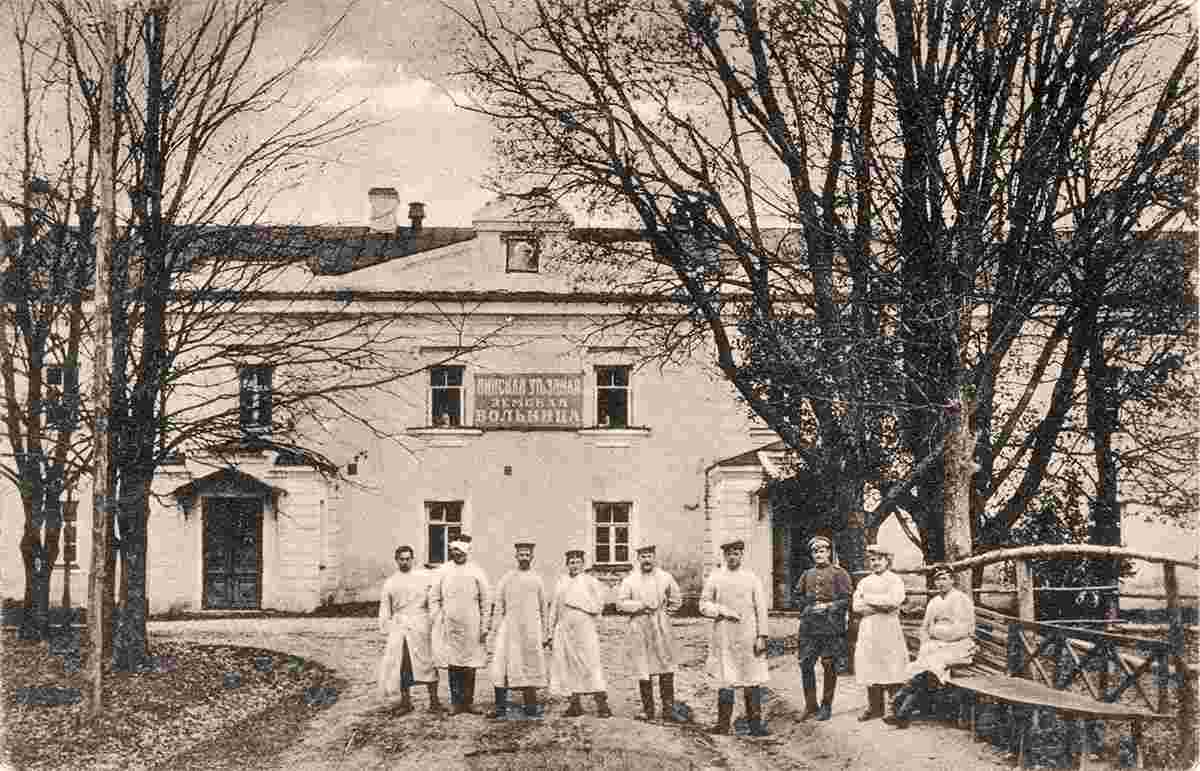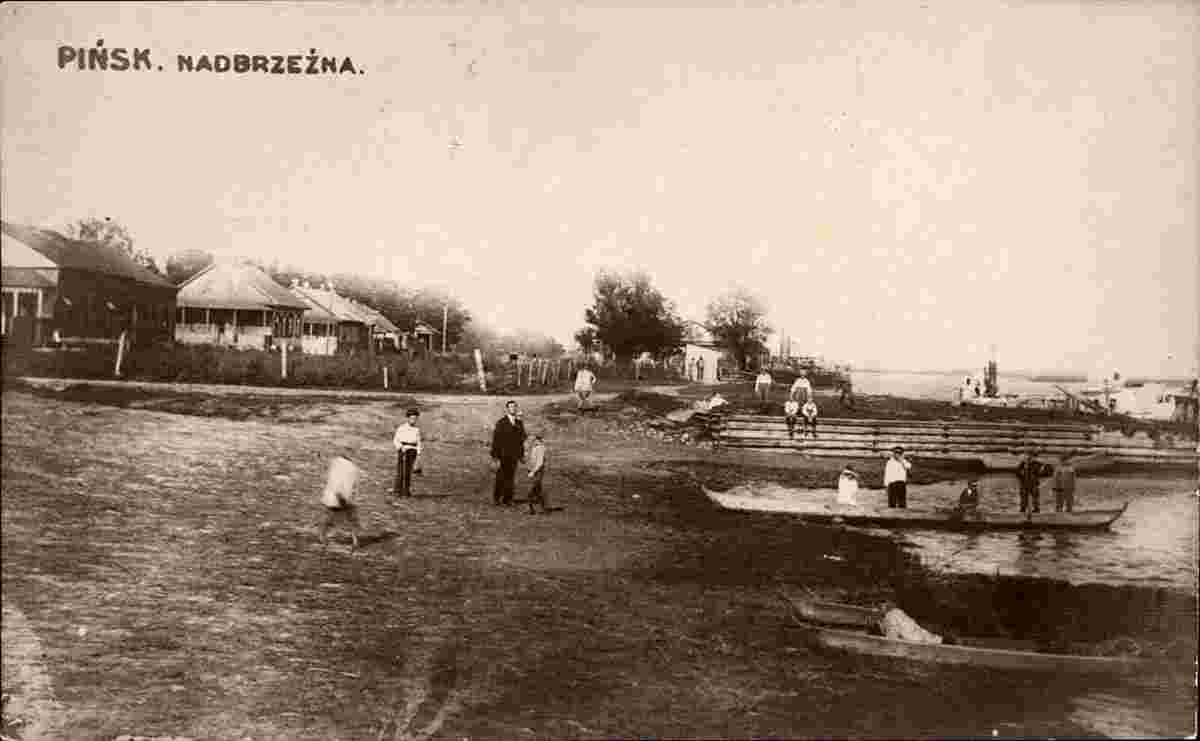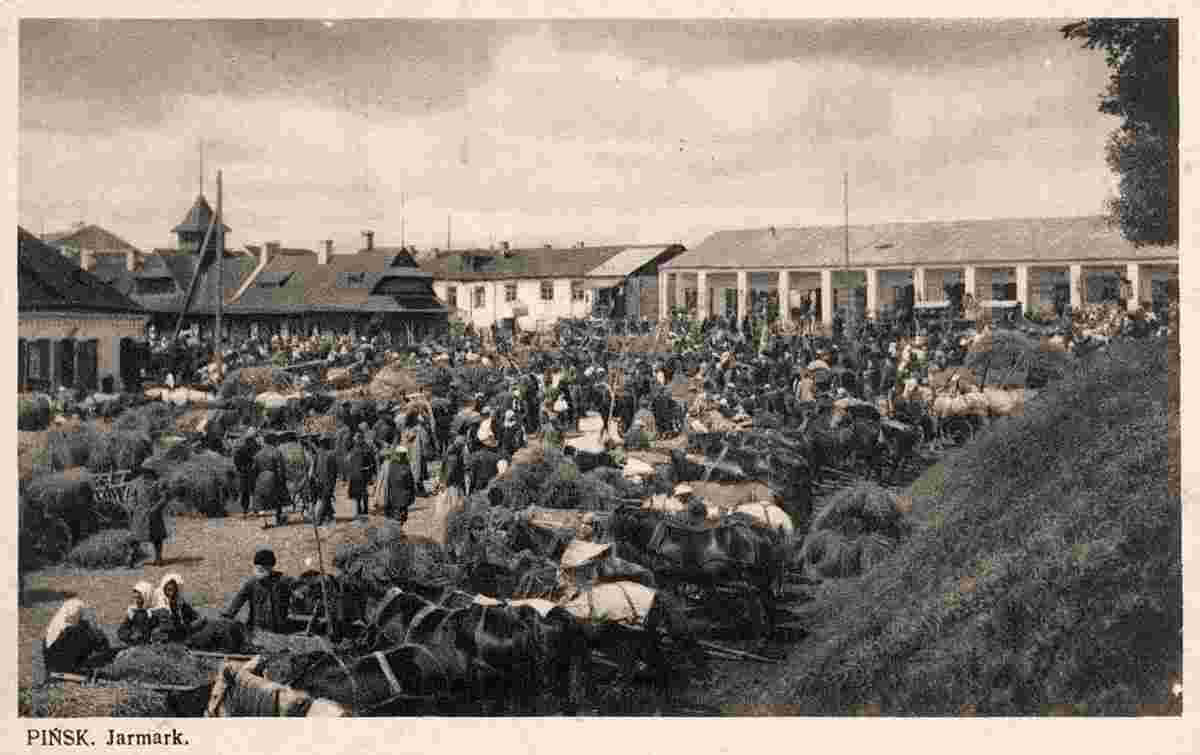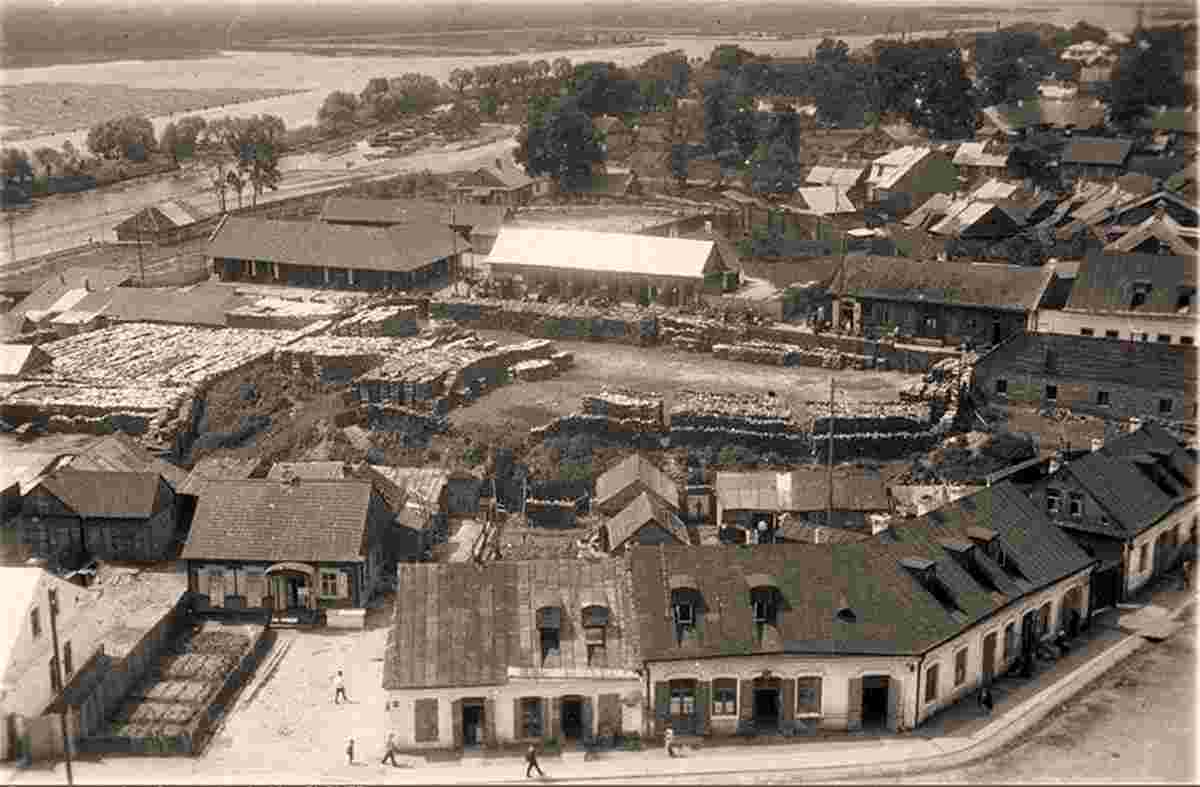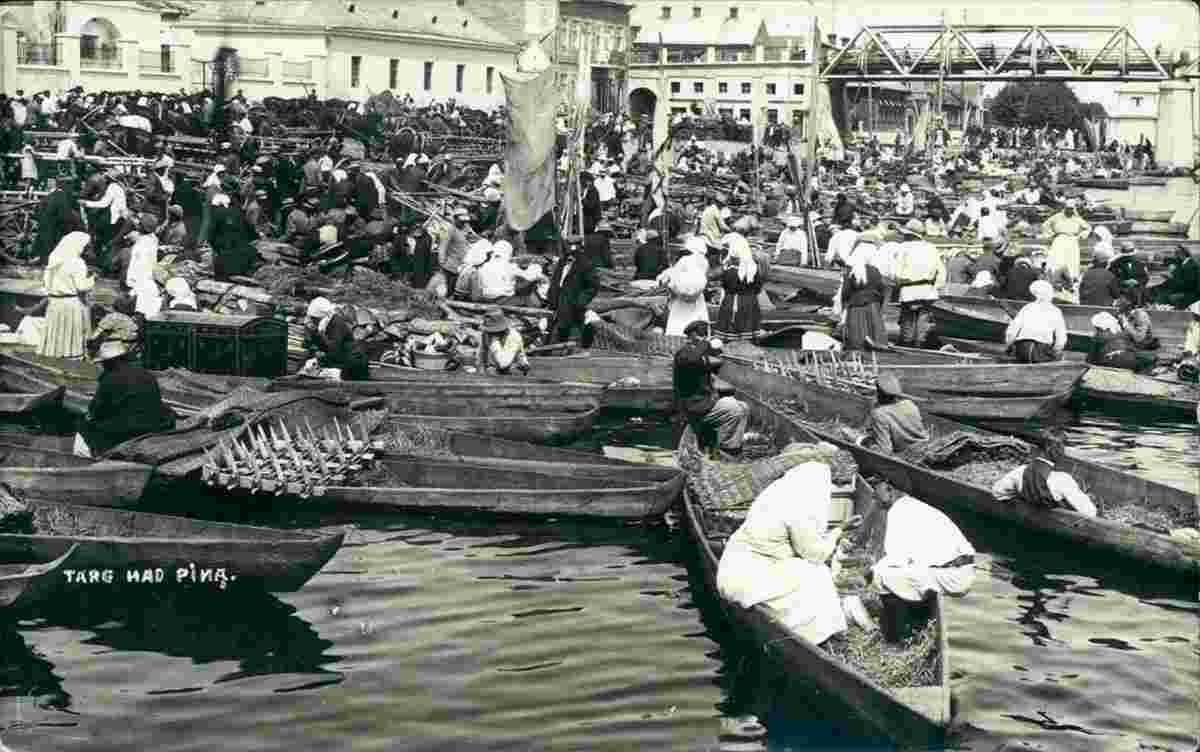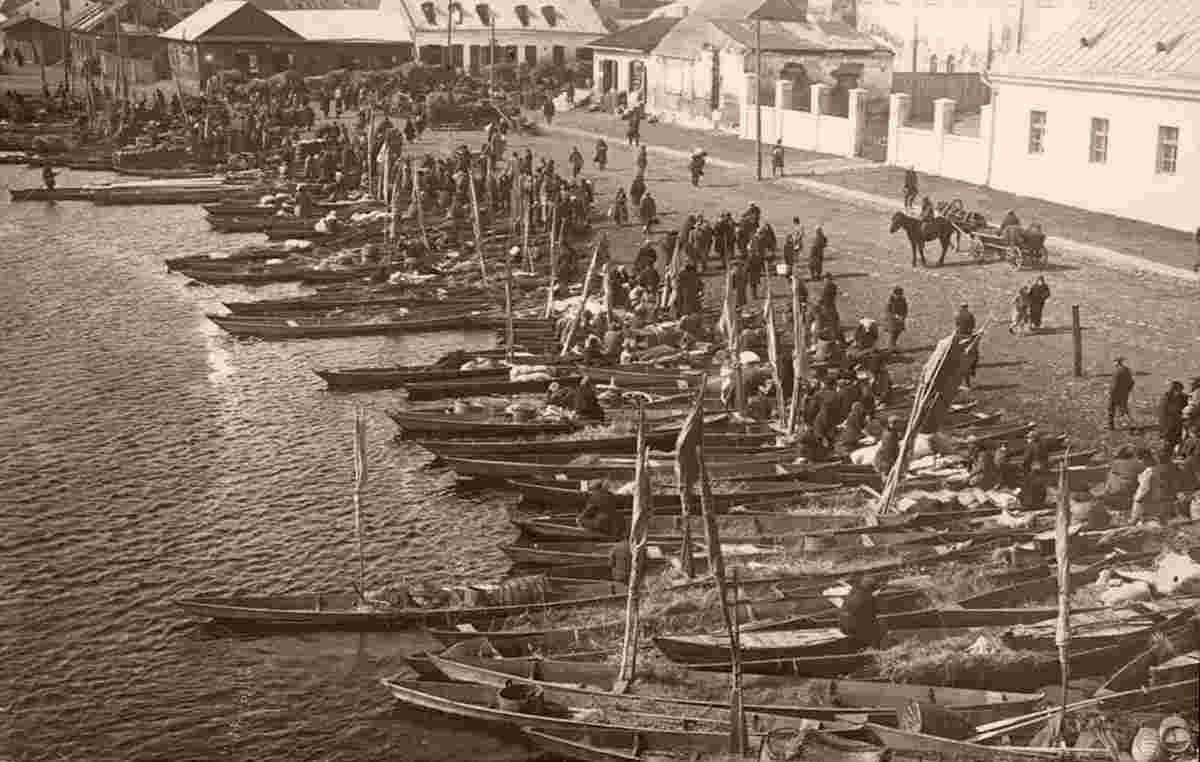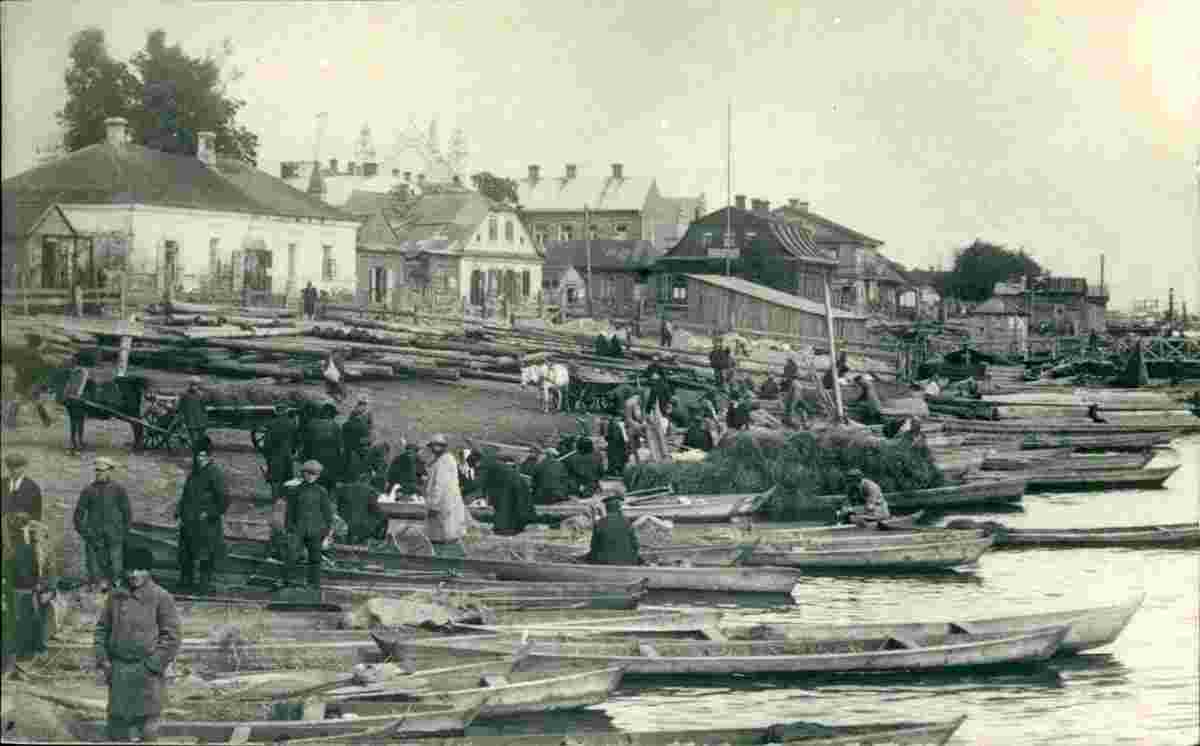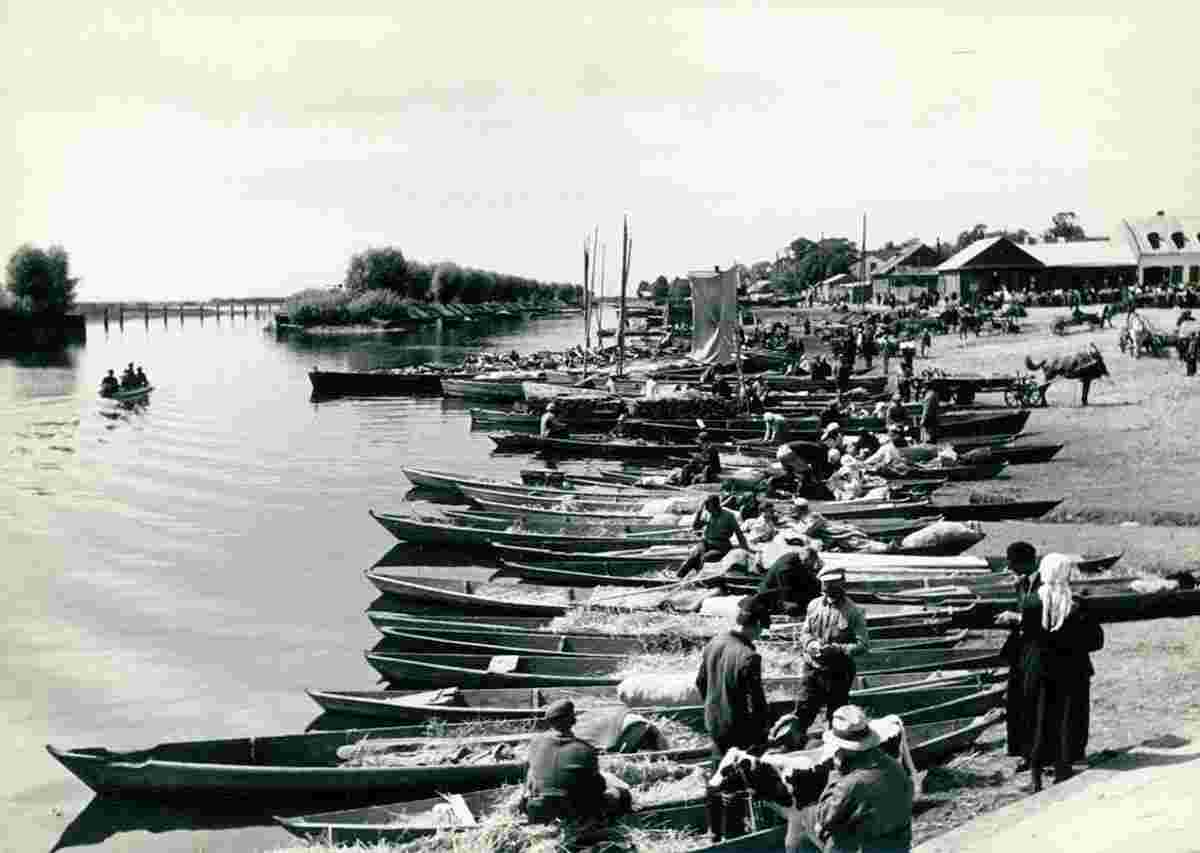History of Pinsk (Пінск, Пинск) in photos
HistoryEarly historyPinsk is first mentioned in 1097 chronicles as Pinesk, a town belonging to Sviatopolk of Turov. The name is derived from the River Pina. Pinsk's early history is closely linked with the history of Turov. Until the mid-12th century. Pinsk was the seat of Sviatopolk's descendants, but a cadet line of the same family established its own seat at Pinsk after the Mongol invasion of Rus in 1239. The Pinsk principality had an important strategic location between the principalities of Navahrudak and Halych-Volynia, which fought each other for other Ruthenian territories. Pinsk did not take part in the struggle although it was inclined towards the princes of Novaharodak since the future prince of Novaharodak and Vaišvilkas of Lithuania spent some time in Pinsk. In 1320, Pinsk was won by the rulers of Navahrudak who incorporated it into their state, the Grand Duchy of Lithuania. Pinsk starrted to be ruled by Gedimin's eldest son, Narymunt. For the next two centuries, the city kept changing rulers. In 1581, Pinsk was granted the Magdeburg rights by the Polish king, and in 1569, after the union of the Grand Duchy of Lithuania with the Crown of the Polish Kingdom, it became the seat of the Province of Brest within the Polish-Lithuanian Commonwealth. In 1633, Pinsk began to have a secondary school, the so-called brothers' school (the brotherhoods were religious organisations aiming to provide education for their members and their children). During the Cossack Rebellion of Bohdan Khmelnytsky (1640) against Polish King John II Casimir, Pinsk was captured by the Cossacks, who carried out a pogrom against the city's Jewish population. The Polish Army then retook the city with considerable loss of life. In 1648, the town was burned by the Russians. That year, on the eve of the Russo-Polish War (1654–1667), Pinsk was occupied by the Ukrainian Cossack Army under, commanded by Niababy but, with great difficulty, was retaken by Polish Prince Janusz Radziwiłł, a high-ranking commander in the Polish-Lithuanian army. The city suffered heavily from the attacks of the Muscovite army, commanded by Prince Volkolnsky and its allied army of Ukrainian Cossacks. Charles XII of Sweden took Pinsk in 1706 and burned the town with its suburbs. In spite of all the wars, the city recovered and the developed, with the existence of a printing workshop from 1729 to 1744. Pinsk fell to the Russian Empire in 1793 during the Second Partition of Poland. It was a seat of an uyezd in the Minsk Governorate except for the 1812 brief occupation by Napoleon. Early 20th centuryPinsk was occupied by the German Empire on 15 September 1915, during the First World War. After the German defeat, Pinsk became the subject of dispute between the Belarusian People's Republic and the Ukrainian People's Republic, both short-lived. Pinsk was taken by the advancing Red Army on 25 January 1919, during the Soviet westward offensive of 1918–19. It was retaken by Polish troops on 5 March 1919 during the Polish–Soviet War but was retaken by the Red Army on 23 July 1920 and finally retaken by the Polish on 26 September 1920. Pińsk became part of the reborn Poland in 1920 when the Polish-Soviet War ended with the Peace of Riga, signed in March 1921. Like many other cities in Eastern Europe, Pinsk had a significant Jewish population before World War II. According to the Russian census of 1897, out of the total number of 28,400 inhabitants, Jews were approximately 74% of the population (21,100 persons), making it one of the most Jewish cities under tsarist rule. During the Polish-Soviet War, 35 Jewish civilians from Pinsk were executed by the Polish Army in April 1919 after being accused of collaborating with Russian Bolsheviks. The incident, the Pinsk massacre, created a diplomatic crisis noted at the Versailles Conference. Interwar periodPińsk was the initial capital of the Polesie Voivodeship, but it moved to Brześć-nad-Bugiem (now Brest, Belarus) after a citywide fire on 7 September 1921. The population of the city grew rapidly in interwar Poland from 23,497 in 1921 to 33,500 in 1931. Pińsk became a bustling commercial centre, and 70% of the population was Jewish in spite of considerable migration. Recent historyFollowing the Soviet invasion of Poland in 1939, Pinsk and the surrounding area was annexed to the Byelorussian Soviet Socialist Republic. It was the seat of the Pinsk Oblast from 1940. After Operation Barbarossa, Germany occupied Pinsk from 4 July 1941 to 14 July 1944, as part of the Reichskommissariat Ukraine. Most Jews were killed in late October 1942 during the liquidation of the Pińsk Ghetto by the German Ordnungspolizei and the Byelorussian Auxiliary Police, 10,000 being murdered in one day. In 1945, postwar border adjustments of Poland made Pinsk become part of the Byelorussian Soviet Socialist Republic. In 1954 it became part of the Brest Voblast. Pinsk has formed part of the Republic of Belarus since Belarusian independence from the Soviet Union in 1991. Origin: en.wikipedia.org | |||||||||||||||||||||
 |
Old historical photos and pictures of Pinsk, Belarus
Старыя гістарычныя фота і здымкі Пінск (Пинск), Беларусь |
| Cities of the World • Countries of Europa • Cities of Belarus |
| Robinson Rd, CB 13862 Nassau, NP, The Bahamas |
 •
• 

